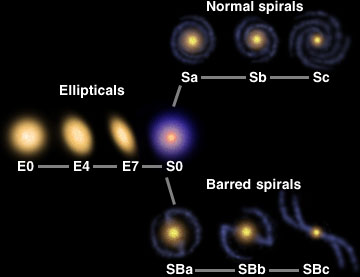The Hubble "tuning fork" diagram shows the many types of galaxies and their classifications.
Click on image for full size
Windows Original.
Galaxies
The introduction of telescopes to the study of astronomy opened up the
universe, but it took some time for astronomers to realize how vast
the universe could be. Telescopes revealed that our night sky was not
only populated with stars, but with other, more nebulous objects.
Some of these objects were nebulae within our Galaxy, the
Milky Way. As telescopes
became more powerful, it was possible to see that some of the nebulae
had a spiral-like structure. These were also believed to be part of
our Galaxy and thus relatively nearby.
In 1920, two important astronomers, Harlow Shapley and Heber
D. Curtis, held a great debate about the nature of these "spiral
nebulae". Were they objects within the Milky Way, or were they
communities of stars distinct from our Galaxy? Edwin Hubble studied
these "spiral nebulae" and found that they were composed of stars, and
thus resolved the debate. These nebulae were not nebulae at all, but
galaxies! Suddenly, our universe was much bigger. We realized that our
Galaxy was just one of many billions of galaxies in the universe.
Hubble continued to study galaxies his entire career, and we owe much
of our understanding of galaxies to him. His observations led to the
current classification of galaxies as spirals, ellipticals, or irregulars, and to our
knowledge that the appearance of these galaxies depends both on our
perspective, and on the forces which form and power galaxies.
You might also be interested in:
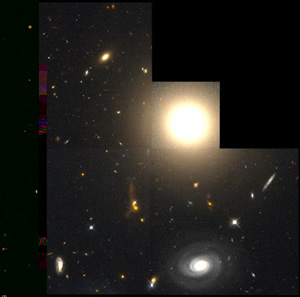
Elliptical galaxies are generally egg-shaped. If you have the chance to see one through a small telescope, it will probably look just like a fuzzy smudge to you, a piece of lint. But it is really formed
...more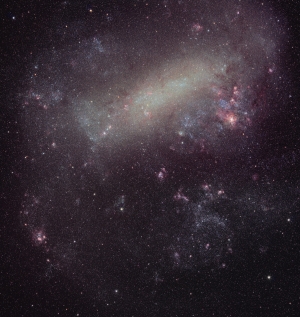
Irregular galaxies are appropriately named. This class includes any galaxy which cannot be classified as either spiral or elliptical. Thus in some sense every irregular galaxy is unique in it's appearance.
...more
Scientists are finding strong evidence thatspiral galaxies have collisions or near collisions more often than once thought. It was originally believed that one third of all the spiral galaxies have experienced
...more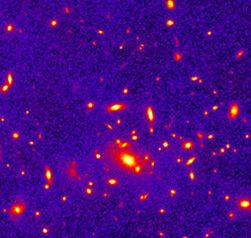
Megan Donahue, an astronomer with the Space Telescope Science Institute, has discovered one of the heaviest and hottest galaxy clusters. Cluster MS1054-0321, located 8 billion light-years from Earth, contains
...more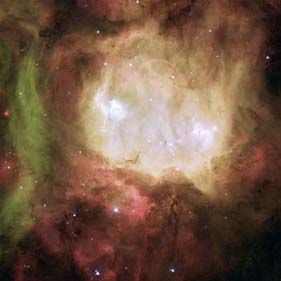
Looking like a colorful holiday card, this image from NASA's Hubble Space Telescope reveals a vibrant green and red nebula far from Earth, where nature seems to have put on the traditional colors of the
...more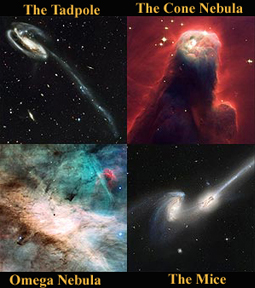
The pictures released by Hubble Space Telescope's new Advanced Camera for Surveys (ACS) are nothing but FAR OUT! This new camera was installed on Hubble during a servicing mission in March 2002. As can
...more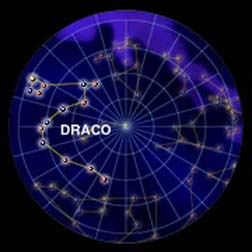
Draco the dragon is a circumpolar constellation, which means it revolves around the celestial North Pole. It can be seen all year round. Draco can is only present in the Northern Hemisphere, so those
...more
When we look out into the Universe we observe some rather remarkable structure. We have seen that stars cluster together to form galaxies. But galaxies also cluster together to form much larger structures.
...more


